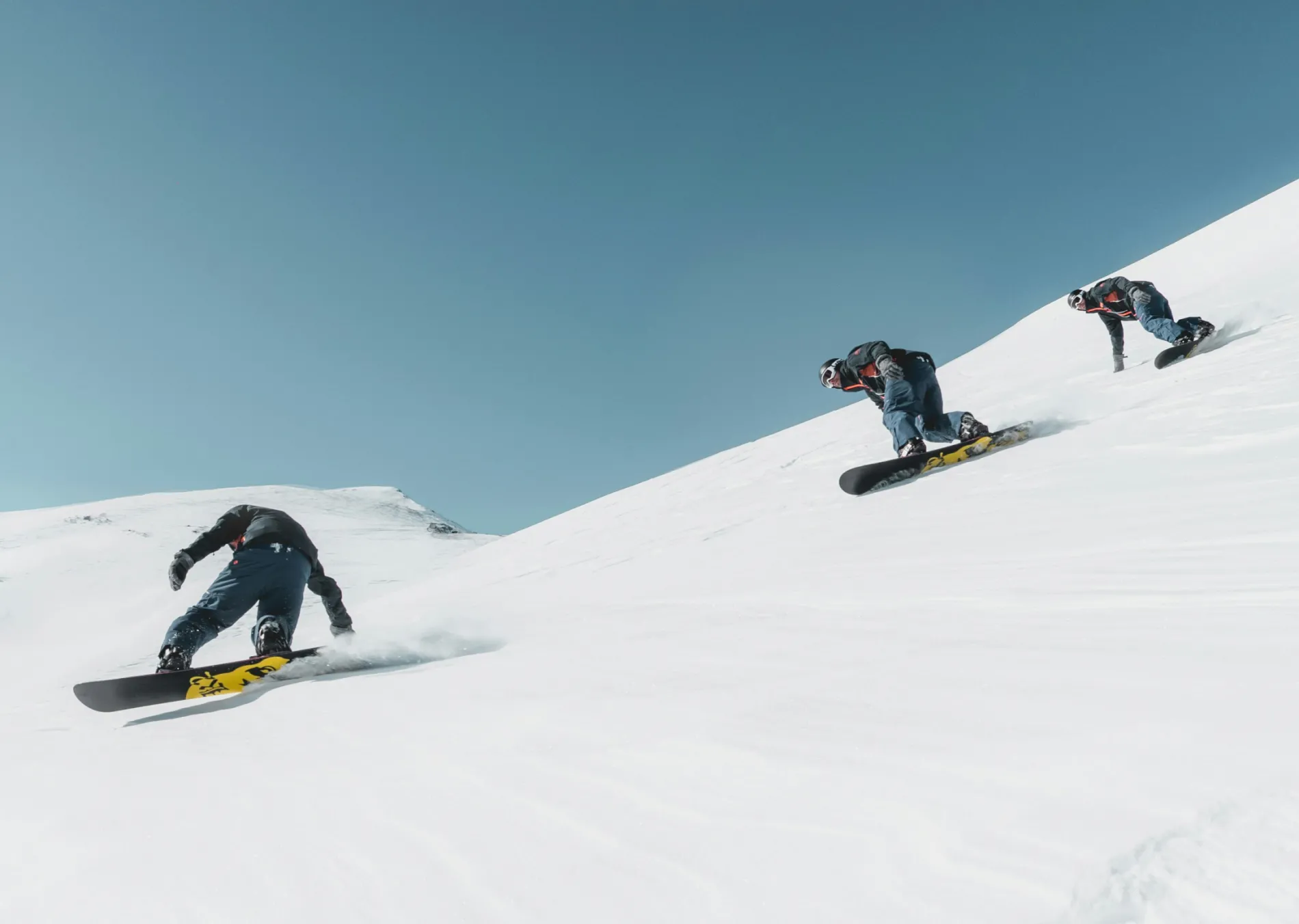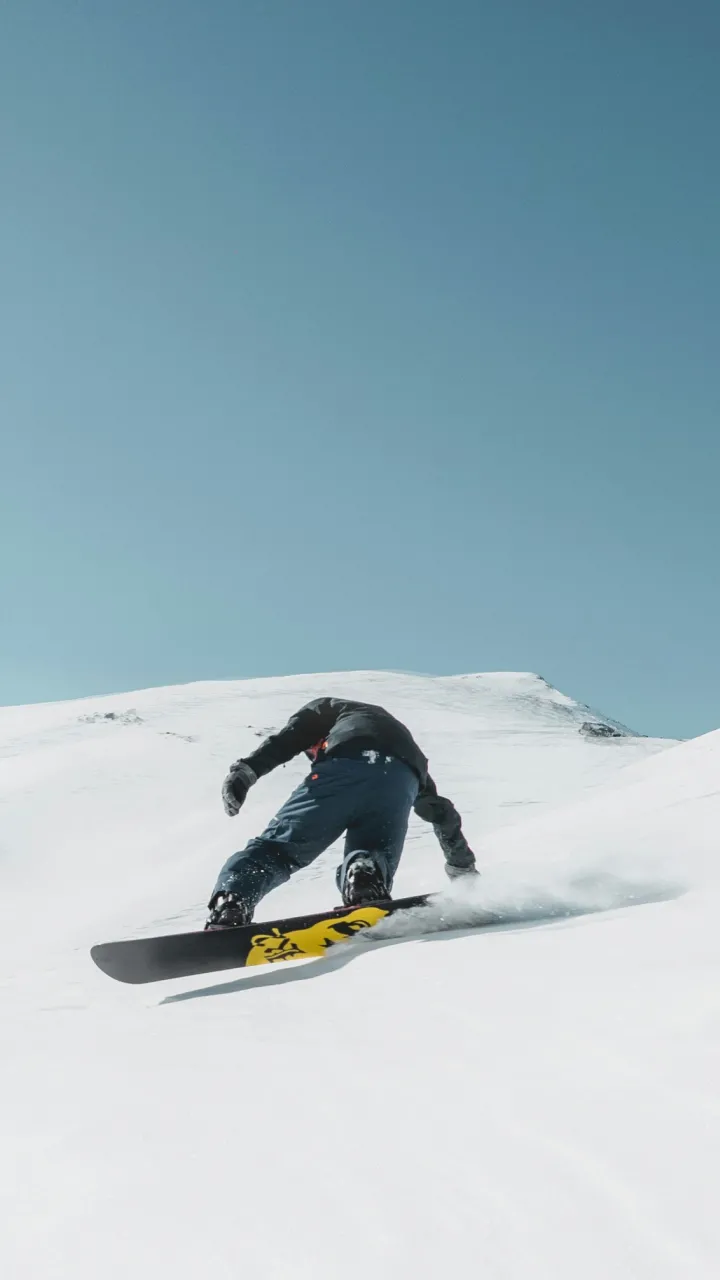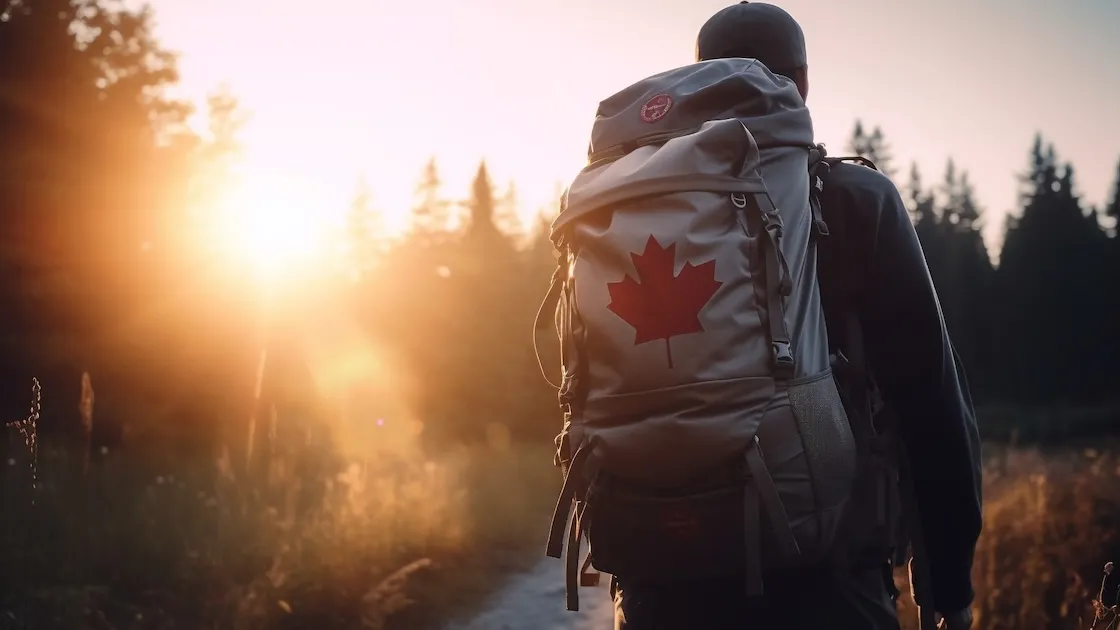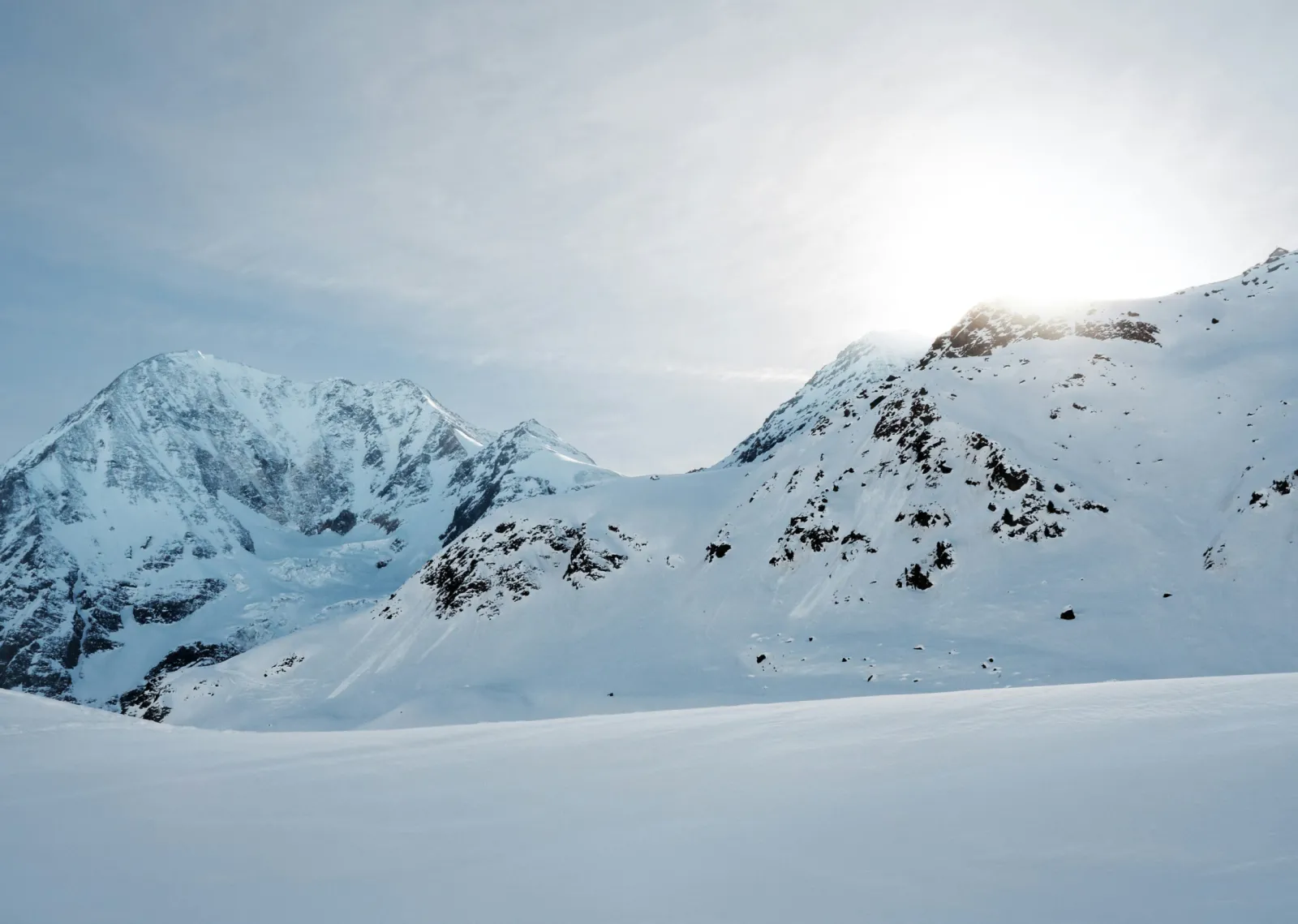Competing on the slopes
A comparative look at North American and European ski destinations
When Sammy Salm, CEO of Best of the Alps, spoke with CNN Travel in February, he highlighted the surge in North American skier visits to Europe since COVID. For years, North American ski areas have differentiated themselves based on terrain, amenities, pricing, safety, culture, and customer service. However, recent years have shown that some of the biggest competitors to U.S. and Canadian resorts are in Europe, and they are decades ahead in developing their ski experience.
With only 6% of American and 12% of Canadian skier visits being international, the Alps dominate as the largest inbound ski market, capturing 43% of global attendance. The post-COVID skier boom created unprecedented participation, but changing consumer preferences, inflation, difficult conditions, and a cooling-off period have left resorts vying for market share against both domestic and foreign competition. What are we competing against? Various tangible and intangible attributes set North American skiing against its European counterparts. We sat down and compared them below.
Snow quality & quantity
With Pacific Northwest resorts like Whistler Blackcomb clocking double the average annual snowfall seen in the majority of European ski areas, skiing in Canada and the US has an established reputation for deep snowpack- even in years with weather challenges.
Winner: North America
Terrain and size
With a similar land area, Europe boasts over 4,000 ski resorts in comparison to America’s 500. The sheer number of ski areas across the Alps and other European ranges has led the region to establish the most extensive lift-linked terrain in the world with the biggest resort, The Three Valleys, covering 600 km of skiing. The same can be said for vertical descents — Zermatt, Verbier and Chamonix, among other Alp resorts, cover descents that surpass NA’s longest by 500 - 1000 meters. However, when it comes to diversity of terrain, Europe tends to have more alpine environments and can lack the type of tree skiing many North American skiers have become accustomed to.
Winner: Europe
Safety
From speed monitors to signage, avalanche control to off-piste liability, North America’s safety standards have surpassed those of European ski areas. How that impacts skier visits depends on a resort's best guest; however, for a certain segment of advanced alpine skiers, knowing that in-bounds, off-piste areas are controlled and monitored is a huge benefit.
Winner: North America
Cost
When it comes to lift ticket prices, transportation costs, accommodation, ski lessons and food & beverage, European resorts take the win for a more affordable ski experience, across all budget ranges. For instance, as of December, 2023, an unlimited, 7-day Mont Blanc adult pass was $480; compare that to $1,400 in Aspen. The recent increase in domestic flight costs as well as limited ground transport options to and from North American resorts and airports have also leveled the playing field when comparing travel costs between US and international resorts.
The reality is that the ski area industry within Europe remains highly competitive with little to no resort conglomerates, keeping ticket prices lower, while the window price of daily lift tickets in America rose from an average of $59 in 2005/06 to $132 during the 2019/20 season. Average daily rates in accommodations in the western US resorts also rose an average of 30% since the 2009/10 season.
Winner: Europe - by a mile. Or rather, kilometer
Customer service & visitor assistance
According to a sentiment analysis based on 259k public reviews, MMGY TCI Research found that Canada came out on top as having the best service and visitor assistance on resort, followed by the US and lastly, Europe. While bespoke tour operators can be found in many European resorts who are able to plan and execute on a full-service experience on-demand, resort-owned and operated guest services are steps behind that of Canada and the US.
Winner: North America
Amenities & non-ski experiences
From après to rest days to the availability of bars, restaurants and additional activities- comparing North American to European resorts in this category is both statistically and subjectively complex as resort operators and even the towns themselves function very differently from continent to continent.
In Europe, resort operators are just that - resort operators, with few resorts investing in ancillary products and services. Food and beverage and accommodation - whether on or off resort- is almost always independently owned and operated, resulting in a more diverse experience offering. The same TCI study cited above found that, for food and beverage specifically, Europe (maybe not surprisingly) surpassed its North American competitors. This can be seen as you ski across resorts like The Three Valleys where intimate buvettes and lodges are scattered across the slopes, each serving up a unique plat du jour. Conversely, come lunch you could soar across
the world's longest unsupported gondola that connects the famous Whistler to Blackcomb mountains and find the same chili cheese fries they served in the lodge at the valley floor.
Winner: Europe
Conclusion
In the rapidly evolving world of ski resorts, North American operators face a significant challenge: maintaining and increasing their competitiveness not only domestically but also on a global scale. To stay ahead, it is imperative for ski resort operators in North America to focus on enhancing the value of the overall guest experience. This can be achieved by leveraging their strengths in safety and snow quality while continuously innovating in ways to make skiing more accessible and diversifying amenities to enhance the ski experience beyond the slopes. Additionally, addressing the cost disparity with European resorts through creative pricing strategies, and improving accessibility and transportation options can make North American resorts more attractive to both domestic and international skiers.
In essence, the future success of North American ski resorts hinges on their ability to adapt to changing consumer preferences and economic conditions, ensuring they remain competitive on a global stage. By focusing on comprehensive and tailored experiences, North American ski resorts can redefine their appeal and secure a robust position in the international ski market.






